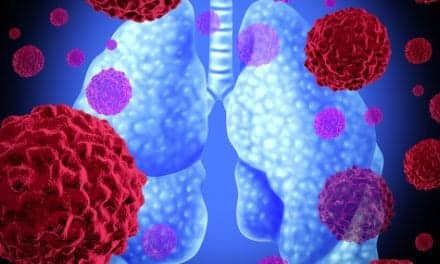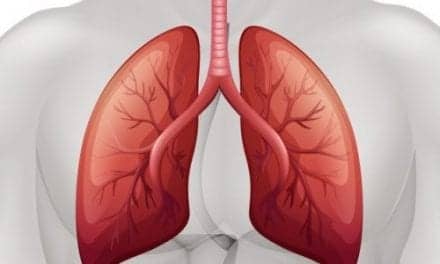Researchers from the University of Alberta have found that a new inhalable dry-powder treatment for lung cancer shows a significant increase in survival rates and is far less invasive than current treatment options, which frequently include radiation and surgery. The findings will be presented at the 2010 International Pharmaceutical Federation (FIP) Pharmaceutical Sciences World Congress (PSWC) in association with the American Association of Pharmaceutical Scientists (AAPS) Annual Meeting and Exposition in New Orleans.
The researchers developed an inhalable dry powder using a common chemotherapy drug encapsulated into nanoparticles. Some mice were treated with the inhalable powder and others with the same drug through two different delivery methods—a solution and IV injection of drug-bound nanoparticles.
Results showed that the inhalable dry powder was more effective than using the IV or solution. In the study, more than 80% of the mice survived for more than 90 days and more than 70% survived for 140 days. None of the mice treated with the IV injection or solution survived past 50 days.
“Current lung cancer treatment can be grueling and take a significant toll on the patient,” said Raimar Löbenberg, lead researcher from the University of Alberta. “Our results show that this treatment method may not only increase someone’s survival rate but could also potentially be less toxic to the body. “
The researchers also found that the inhalable dry powder was more effective than the IV injection in reducing the amount and size of tumor. Large tumor masses were seen in the lungs of those animals that were not treated or treated with the IV injection or solution. Animals treated with the inhalable dry powder showed fewer and much smaller tumors.
Source: American Association of Pharmaceutical Scientists









